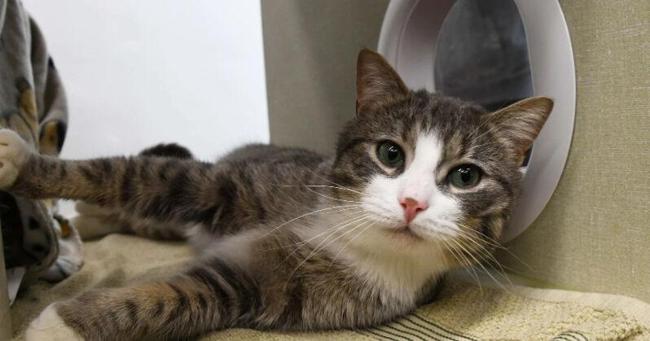Summary
The Animal Protective Foundation proudly stands as the regions largest public spay/neuter provider, thanks to our Community Spay/Neuter Clinic, which performed nearly 4,000 spay/neuter surgeries in 2024.
Source: The Daily Gazette

AI News Q&A (Free Content)
Q1: What is the significance of spaying and neutering pets, and how does it impact pet overpopulation?
A1: Spaying and neutering are crucial procedures for controlling pet overpopulation. These surgical interventions prevent the reproduction of pets, thereby reducing the number of unwanted animals that end up in shelters. Humane societies and animal shelters advocate for these procedures to manage and minimize the overpopulation crisis. In many countries, it is a requirement for adopted pets to be sterilized before they are placed in new homes.
Q2: How does the Animal Protective Foundation's Community Spay/Neuter Clinic contribute to pet welfare in the region?
A2: The Animal Protective Foundation's Community Spay/Neuter Clinic plays a vital role in pet welfare by providing high-quality, low-cost sterilization surgeries. In 2024, the clinic performed nearly 4,000 surgeries, making it the region's largest public provider of these services. This initiative helps control the pet population and ensures better health and care for the animals.
Q3: What are the primary health benefits of spaying and neutering pets?
A3: Spaying and neutering offer numerous health benefits for pets. For females, spaying eliminates the risk of uterine infections and reduces the risk of breast tumors, which are malignant in about 50% of dogs and 90% of cats. Neutering males prevents testicular cancer and reduces the risk of prostate problems. Additionally, these procedures can lead to better behavior, reducing tendencies like aggression and marking territory.
Q4: What challenges do organizations face in promoting spay/neuter programs?
A4: Organizations promoting spay/neuter programs often face challenges such as public awareness, funding, and accessibility. Many pet owners may not be aware of the benefits or may have misconceptions about the procedures. Financial constraints can also be a barrier, which is why clinics like the Animal Protective Foundation offer low-cost services. Accessibility to these services can be limited in rural or underserved areas.
Q5: What role do grants and financial support play in the operations of spay/neuter clinics?
A5: Grants and financial support are crucial for the operations of spay/neuter clinics. They allow clinics to offer affordable services to a broader community, ensuring that more pets can be sterilized. This financial backing helps cover the costs of surgeries and enables clinics to maintain high standards of care while remaining accessible to pet owners who might not otherwise afford these procedures.
Q6: How do spay/neuter initiatives align with broader animal welfare goals?
A6: Spay/neuter initiatives align with broader animal welfare goals by addressing overpopulation, reducing the number of animals in shelters, and promoting healthier pet populations. These programs are part of a larger effort to ensure that animals live in humane conditions, are cared for properly, and do not face euthanasia due to lack of homes. By controlling the pet population, these programs contribute to a sustainable and ethical approach to animal welfare.
Q7: What are some misconceptions about spaying and neutering that pet owners might have?
A7: Common misconceptions about spaying and neutering include beliefs that these procedures are painful, unnatural, or unnecessary. Some pet owners worry about potential changes in their pet's behavior or health. However, spaying and neutering are safe, routine surgeries that provide significant health benefits and can improve behavior. Educating pet owners on these facts is essential to dispel myths and encourage responsible pet ownership.
References:
- Neutering - https://en.wikipedia.org/wiki/Neutering
- Animal Protective Foundation Spay/Neuter Clinic - https://www.animalprotective.org/spay-neuter
- Animal Chronicles: Spay/Neuter Awareness - https://www.dailygazette.com/life_and_arts/animal-chronicles-spay-neuter-awareness-month-a-vital-step-in-pet-well-being-and-population/article_db2d3a12-c1e9-11ee-89e6-eb901b7c4d19.html




